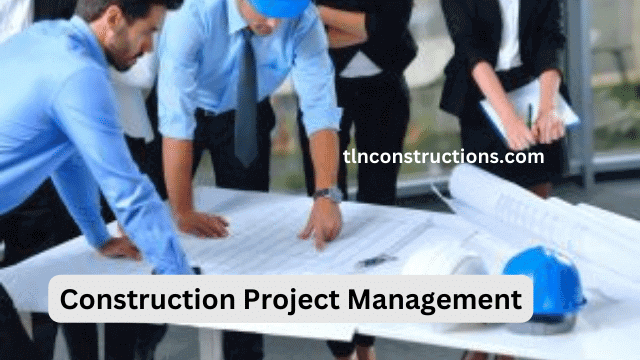Construction project management can be a daunting task, especially if you are new to the industry. It involves overseeing various processes such as planning, design, construction, and budget management. However, with the right knowledge and tools, managing a construction project can be an enjoyable and rewarding experience. In this article, we will provide you with a comprehensive guide to construction project management, covering everything from project planning to project closeout.
Project Planning
The first and most important step in construction project management is project planning. This phase involves defining the project scope, identifying project goals, creating a budget, and establishing a project schedule. During project planning, it is essential to communicate with all stakeholders involved, including the owner, designers, contractors, and any other parties involved in the project.
Project Design
After project planning, the next step is project design. This phase involves creating a design that meets the project requirements and specifications. The project design should be created in consultation with the owner and other stakeholders involved in the project. Once the design is completed, it should be reviewed by all parties involved, and any necessary changes should be made before moving to the next phase.
Project Construction
The construction phase is the most visible phase of a construction project. It involves the actual building of the project, including site preparation, foundation work, framing, plumbing, electrical, and mechanical work. During this phase, it is essential to closely monitor the progress of the project, ensure that it stays within budget, and make any necessary changes to the project scope or schedule.
Project Closeout
The final phase of a construction project is project closeout. This phase involves ensuring that all work is completed, and the project is delivered to the owner as per the project specifications. It involves conducting a final inspection, completing any punch list items, and obtaining final approvals and sign-offs from all parties involved. Once this phase is completed, the project can be considered officially closed.
Tools and Techniques for Construction Project Management
There are many tools and techniques available to assist with construction project management. Some of the most popular tools include:
- Project Management Software: This software can help manage project schedules, budgets, and tasks, as well as facilitate communication between project stakeholders.
- Building Information Modeling (BIM): BIM is a digital representation of the physical and functional characteristics of a building. It can help with project planning, design, construction, and facility management.
- Lean Construction: Lean construction is an approach to construction project management that aims to minimize waste and maximize value. It involves using principles such as continuous improvement, collaboration, and just-in-time delivery.
- Critical Path Method (CPM): CPM is a project management technique used to identify the critical path of a project, which is the sequence of activities that must be completed on time to ensure the project is completed on schedule.
Conclusion
In conclusion, construction project management is a complex and challenging task that requires a wide range of skills and knowledge. However, with the right tools and techniques, it can be an enjoyable and rewarding experience. By following the steps outlined in this guide, you can successfully manage a construction project from start to finish.
